Growing zucchini at home is a great way to enjoy a productive vegetable in your summer garden.
But before you can reap the rewards of these prolific plants, you’ll need to learn how to care for them.
This complete guide to growing zucchini will help you learn everything you need to have the best success. Get tips on soil, water, sun, fertilizer, pests, harvesting, and more.
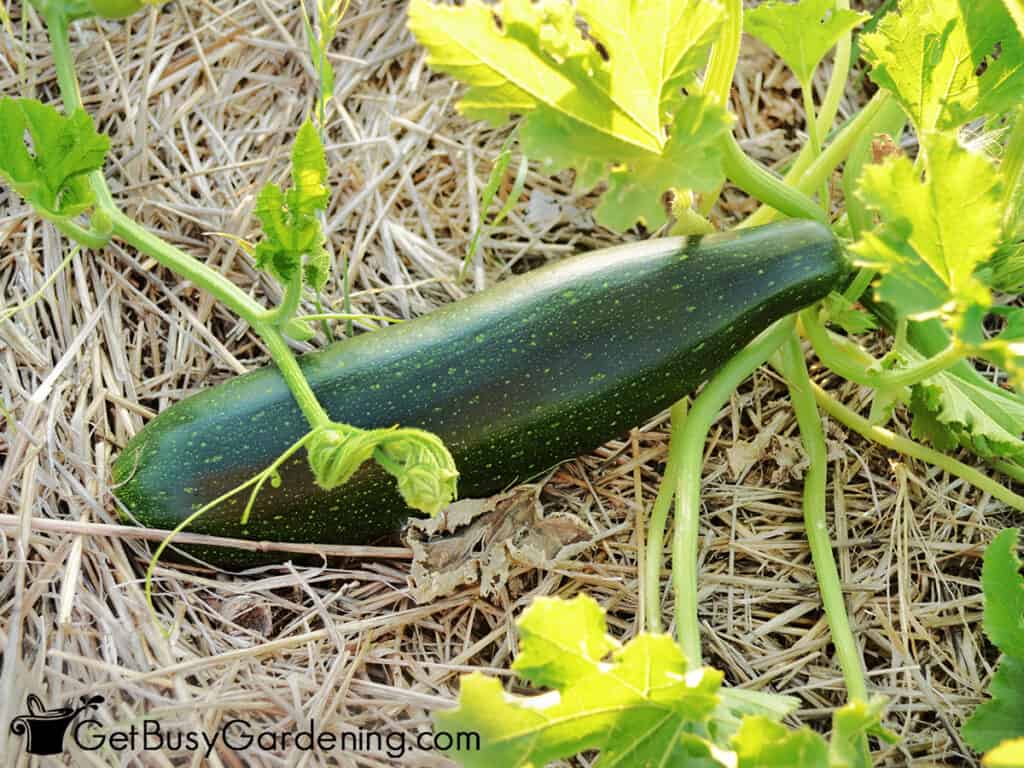
Quick Zucchini Plant Care Overview
| Scientific name: | Cucurbita pepo |
| Classification: | Vegetable |
| Common names: | Zucchini, Summer Squash |
| Hardiness: | Annual |
| Temperature: | 65-95°F (18.3-35°C) |
| Flowers: | Yellow, blooms in the summer |
| Light: | Full sun |
| Water: | Keep soil evenly moist, do not overwater |
| Humidity: | Average |
| Fertilizer: | General purpose plant food spring-summer |
| Soil: | Fast-draining, fertile soil |
| Common pests: | Squash bugs, squash vine borers, cucumber beetles, aphids, snails, slugs, earwigs |
Information About Zucchini
Zucchini (Cucurbita pepo) is from the Cucurbitaceae, or gourd family, and is related to other summer squashes, winter squash, and cucumbers.
The plant is native to Mexico and Central America, but its easy-growing nature and high productivity have made it a favorite in home gardens worldwide.
It’s a hot-weather crop with a single central stem, many side stems, and wide, veined leaves.
Different Types
Zucchini is a type of summer squash, and there are several varieties that vary in color, shape, and growth habits.
Vining plants require trellising, but many varieties are bush-style, which are ideal for small spaces and containers. No matter which one you grow, they all require the same care. Here are a few popular varieties:
- ‘Dark Beauty’ – This non-vining variety has dark green, smooth-skinned fruits that are ready within 7-9 weeks, and have firm, white flesh with great flavor.
- ‘Patio Star’ – The bush-style compact nature of this small variety produces an abundance of 7” fruits ready to pick in 40 days or less.
- ‘Costa Romanesque’ – This option produces light green, ribbed fruit with vertical pale green stripes. It’s very heat-tolerant, and the fruit is tender, even when oversized.
- ‘Ronde de Nice’ – This French heirloom has round, globe-shaped fruits that are unique and fun. The fruit is tender and ready in about 7-9 weeks.
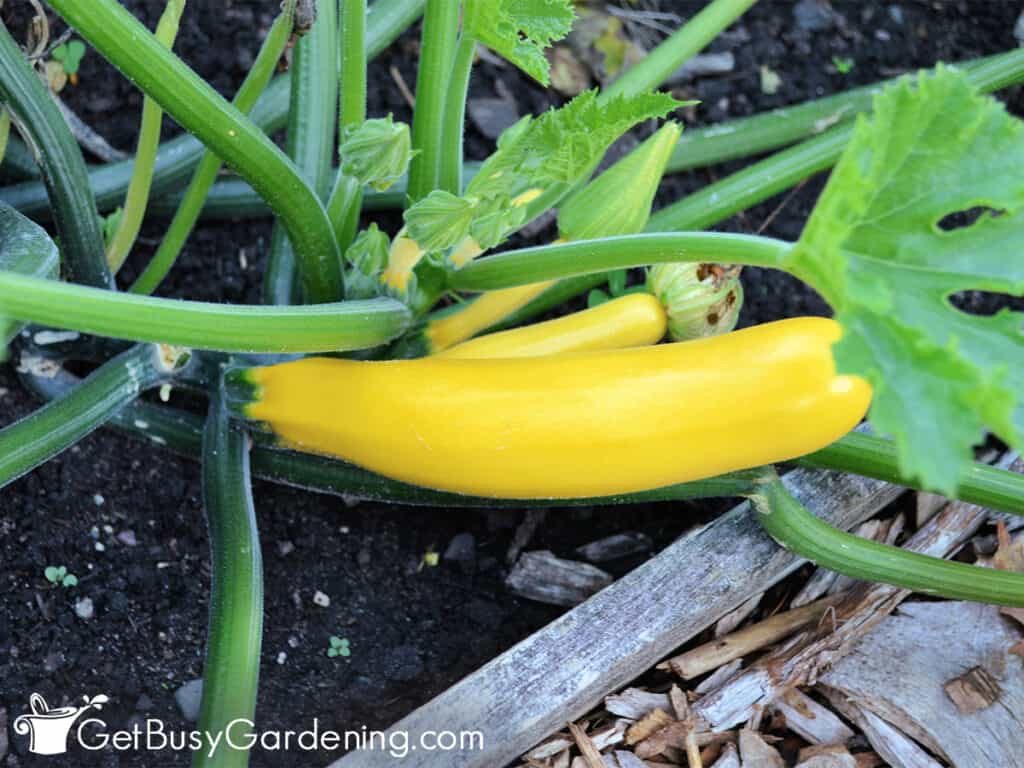
How Does Zucchini Grow?
Zucchini plants grow male and female blossoms, which are both required for them to produce fruit.
Female flowers have a small baby zucchini at the base, rather than a thin stem, and once pollinated, it will mature into a full-sized fruit.
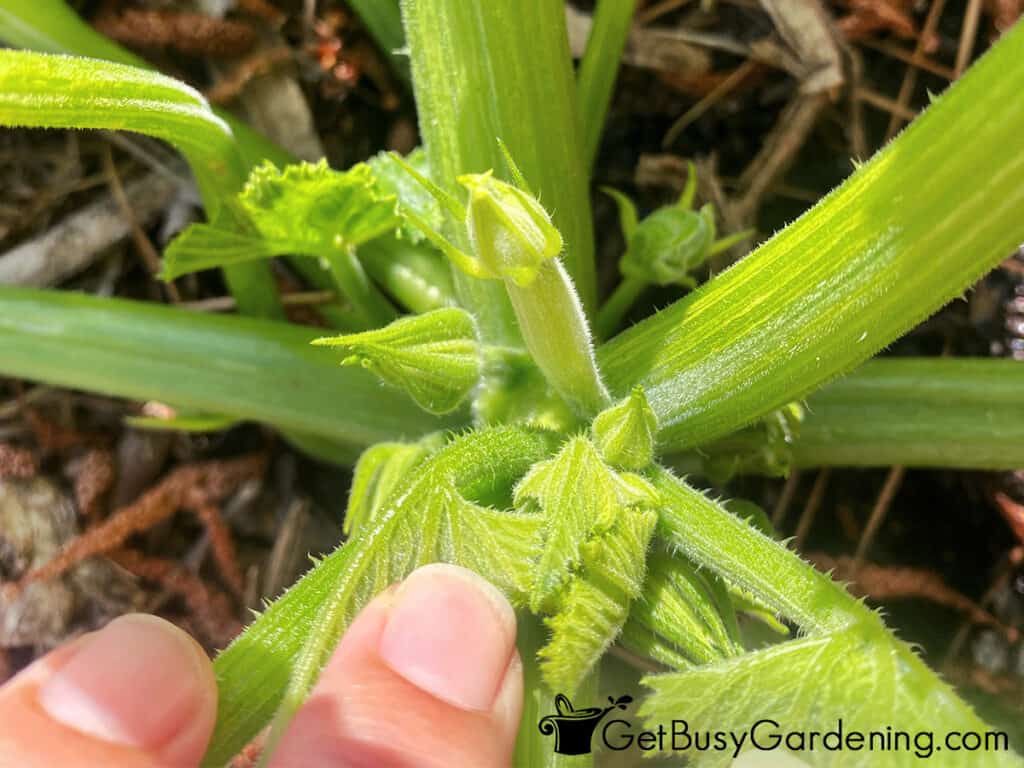
How To Grow Zucchini
Before discussing specific care steps, let’s chat about when and where to grow zucchini. Choosing the right time and location is important for success.
Where To Grow Zucchini
Zucchini can grow in the ground, raised beds, or large containers as long as it’s in full sun and has fertile, well-drained soil.
Find a spot sheltered from the wind so bees and butterflies can easily reach the flowers. Placing them near flowering herbs, annuals, or perennials also improves the odds of pollination.
If planting in pots, choose a 5-gallon or larger container and ensure it has drainage holes to prevent overwatering.
When To Plant
Wait until all chances of frost have passed, and the soil is 60°F (15.5°C) or warmer before planting. You can use a temperature probe to check it.
If you live in a cold climate with short summers, you can lay black plastic mulch to warm the soil early. Or, start them indoors 2-3 weeks before the last frost date.
However, the most difficult pests are active in late spring, so you may want to hold off on planting until early summer to avoid them.
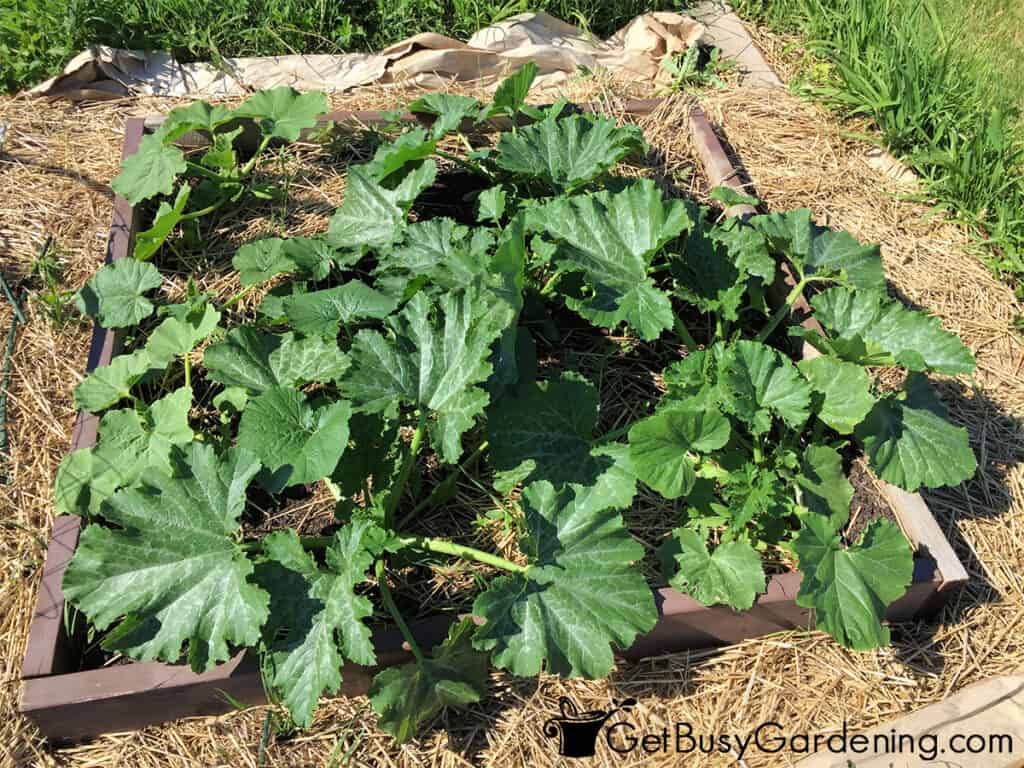
Zucchini Plant Care & Growing Instructions
Now that you know where and when to start you zucchini, let’s discuss how to care for it as it grows. These tips will help you keep it healthy throughout the season.
Sunlight
Zucchini loves the sun and needs a minimum of 6 hours of direct exposure daily, but will do better with 8 or more.
Too much shade will result in a less productive plant, and high heat can lead to wilting. If you’re expecting a heatwave, you can use a shade cloth to the foliage from the most intense heat of the afternoon.
Water
Consistent, even moisture is key for a healthy zucchini crop. They need deep, thorough drinks, but don’t like to be overwatered.
Aim to provide at least 1” per week, or more in hot weather. The soil should feel moist to the touch but not be puddled or sodden, which can lead to rot, disease, and wilting. If you have trouble getting it right, use a soil moisture gauge to help.
Temperature
The ideal temperature range for growing zucchini is between 65-95°F (18.3-35°C). Cold weather will quickly kill them, and high heat will lead to wilting and possible sunburn on the leaves and exposed fruits.
Don’t try to plant them early, or the cold soil will stunt their growth. Provide afternoon shade if you live somewhere that experiences extreme heat throughout the summer.
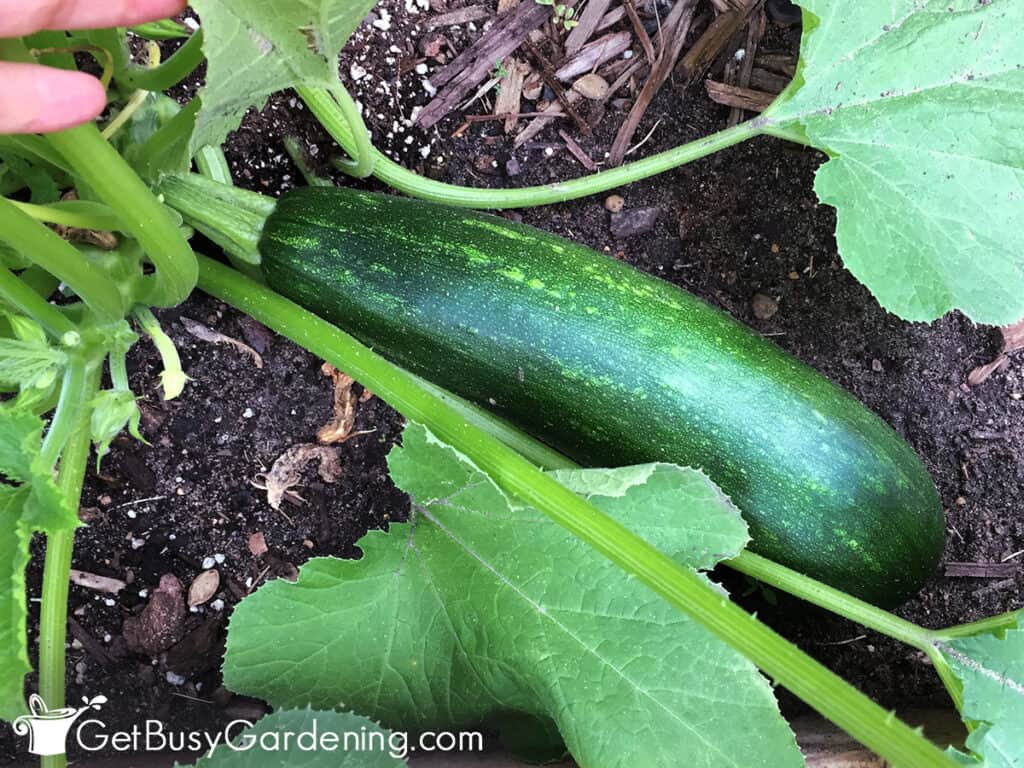
Fertilizer
Zucchini will thrive best in fertile soil, but the occasional feeding from a balanced, organic fertilizer will benefit its productivity.
Use a liquid like compost tea or fish emulsion once per month throughout the season, or apply slow-release granules once per season. Even just the occasional side-dress with compost can be beneficial.
Soil
It’s important to start with nutrient-rich, well-draining soil that has a pH between 6.5 and 8.0. To improve fertility, amend garden soil with compost or worm castings and use a pH probe to check levels. If it’s acidic, use garden lime to neutralize it.
A high-quality potting mix containing peat moss, coco coir, and compost is ideal for containers. To improve drainage, add a few handfuls of perlite.
Pruning
Pruning Cucurbita pepo is unnecessary, but the occasional trim of lower leaves will improve airflow, make flowers more accessible for pollinators, and divert energy toward flowering and fruiting.
Use clean, sharp, precision pruners to snip off leaves below the lowest flower or developing fruit. The side stems are hollow, so trim them as close to the base as possible to avoid having open tubes that catch water or invite insects inside.
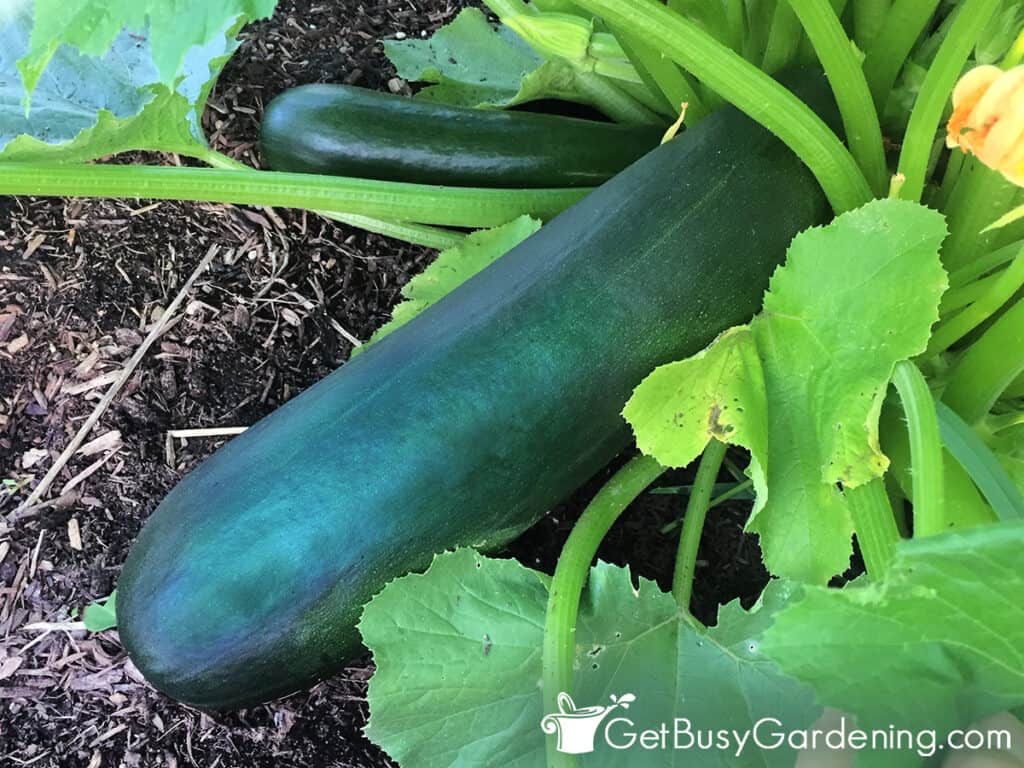
Trellising
Many zucchini varieties are bush-type, but a few can have vining or trailing growth. Both benefit from some sort of trellis or structure.
Plant vining varieties near a fence, tall stakes, or trellis to give them a structure to climb. Bush types don’t need a support, but you can gently time them to a structure as they grow taller or if your plant becomes overgrown.
Trellising your zucchini will also keep the leaves and fruits off the ground, reducing the risk of disease and pest issues, while making irrigation and harvesting easier.
Pest Control Tips
Unfortunately many pests think zucchini is just as delicious as we do. The main ones are squash bugs, borers, and cucumber beetles, but earwigs, slugs, snails, and aphids can sometimes be a problem.
Insecticidal soap is helpful for small infestations, but the easiest way to manage them is prevention. Use row covers over young plants to prevent the adult moths from laying eggs on the leaves.
Pluck larger insects off and put them in a bucket of soapy water. Then, check the leaves for eggs and smash or wash away any that you see.
Vine borers leave a mushy, yellow residue along the stem. If you catch it early enough, you can cut it from inside the vine. Then, pack dirt around the wound to let the stem heal and root.
Disease Control Tips
Three main diseases can affect your growing zucchini plant: powdery mildew, blossom end rot, and mosaic virus, which cucumber beetles carry.
Powdery mildew causes white spots on the leaves and stalls growth but you can manage it with an organic fungicide and proper watering practices.
Blossom end rot appears on the ends of developing fruit when you water unevenly, or have periods of rainfall followed by a dry spell. Make sure you’re consistent and regular about giving your plant deep drinks.
Unfortunately, the mosaic virus is incurable. It will appear as a yellow pattern on the leaves before the plant wilts and dies. Dig it up the plant and destroy it to prevent the disease from spreading.
Tips For Harvesting Zucchini
Your zucchini will be ready to harvest about 45-60 days after you plant it. Look for fruits between 6-8 inches long, and use sharp, sterile pruners to clip them off 1-2” above the stem so you don’t damage it.
Check back frequently after the first fruits develop. They can be ready in as few as four days after pollination. If the harvest is too much for you, slow it down by picking a few of the male flowers, which are also edible.
But don’t leave the fruit on for too long. The larger they get, the more watery and seedy they become. Be sure to pick everything, no matter the size, before the first frost of fall, which will destroy any remaining fruit.
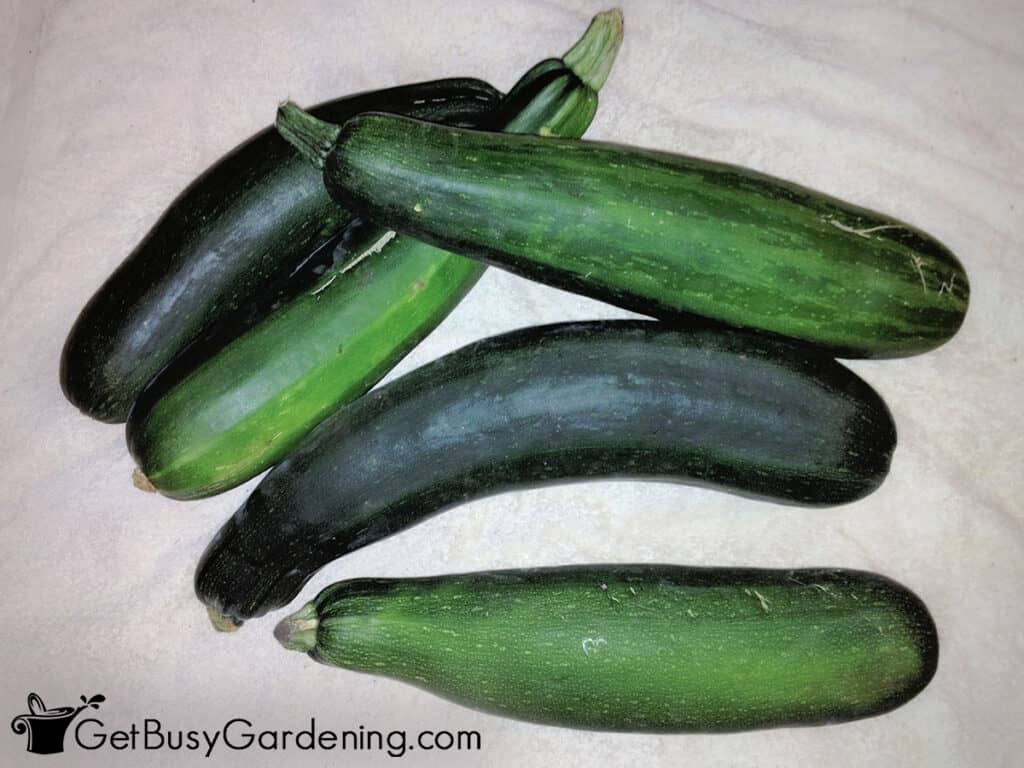
Troubleshooting Common Problems
Zucchini plants are known to be highly prolific and easy to grow, but are susceptible to the occasional problem. If any of these common issues occur, use these tips to address them.
Leaves Turning Yellow
Yellow leaves can indicate many things, including disease, pest problems, overwatering, and age.
Older leaves sometimes turn yellow and fall off, which is no reason for concern. However, if many turn yellow, it’s a sign that something is wrong. Ensure you’re not overwatering to the point of creating puddles in the soil, and look for signs of pest damage.
Mosaic virus will create a pattern, and powdery mildew will cause the leaves to turn yellow.
Leaves Turning Brown
Sunburn, drought, improper watering, bugs, and age are common causes of brown leaves. Old leaves, especially those on the ground, often die back naturally.
Wilting brown leaves can be a sign of drought or root rot. Dry, curling brown edges indicate insufficient water or sunburn during a heatwave, or a pest infestation.
Trim away affected leaves, check for bugs, then use shade cloth and careful watering practices to help rejuvenate your plant.
Zucchini Plant Collapsed Or Drooping
Vine borers and diseases like the mosaic virus or powdery mildew are the number one reasons zucchini plants collapse or wilt heavily.
Squash vine borers eat the stems from within; if you don’t catch them in time, the plant will collapse and die. If yours begins to wilt, look for yellow, mushy residue near the stem.
However, high heat can also cause wilting. In that case, water thoroughly, and you should see noticeable improvement when the temperature cools.
White Spots On Leaves
White, fuzzy spots on your zucchini leaves are a sign of powdery mildew. Drought stress and dry conditions aggravate it.
So ensure you’re irrigating consistently, at the base of the plant, and never allow the soil to dry out completely.
Unripe Fruit Falling Off
If the flowers aren’t pollinated, you’ll notice the baby fruits will shrivel and drop off.
You can hand-pollinate your squash flowers, try to attract more bees, or grow more than one plant to increase the odds of cross-pollination.
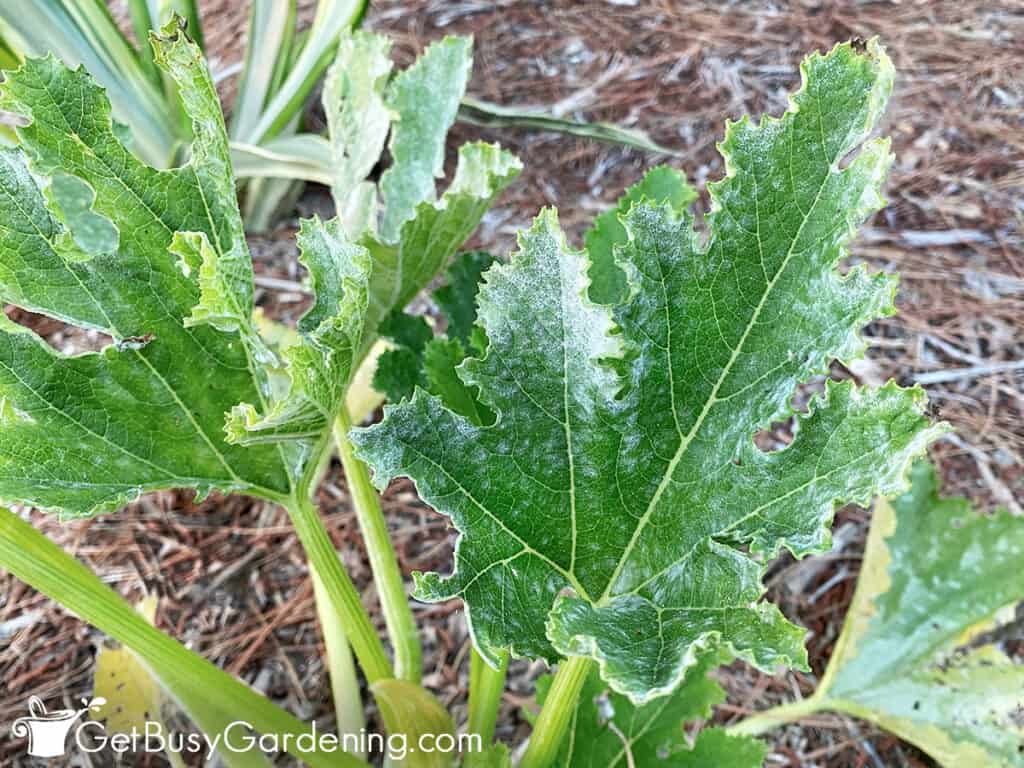
FAQs
The exact time it takes to grow zucchini depends on the variety and environmental conditions, but most are ready to harvest 45-60 days after planting.
Zucchini is easy to grow in healthy, well-drained soil and a full sun location. Maintain proper watering practices, pollinate the female flowers, and watch for pests and diseases, and you’ll enjoy a productive, abundant harvest.
No, you don’t need two zucchini plants to get fruit because one will produce both the male and female flowers. However, male flowers often appear first or open at different times than females. So having more than one plant can increase the odds of successful pollination.
The best way to make your zucchini plant produce more is to feed it regularly with a balanced fertilizer, maintain consistent watering, and harvest the mature fruits frequently.
The secret to growing zucchini is lots of sun, warm weather, and water. Attract pollinators and manage destructive pests, and you’ll enjoy a healthy harvest.
If you’d like to learn how to make the most of your space and get as much homegrown food as possible, then my Vertical Vegetables book is perfect! It will teach you all you need to know, has tons of gorgeous photos, and includes 23 DIY projects you can build for your own garden. Order your copy today!
Learn more about my Vertical Vegetables book here.
Zucchini Recipes
- Quick & Easy Zucchini Relish Recipe
- Fudgy Chocolate Zucchini Brownies Recipe
- How To Make Homemade Zucchini Noodles
More About Vegetable Gardening
Share your tips for growing zucchini in the comments section below.
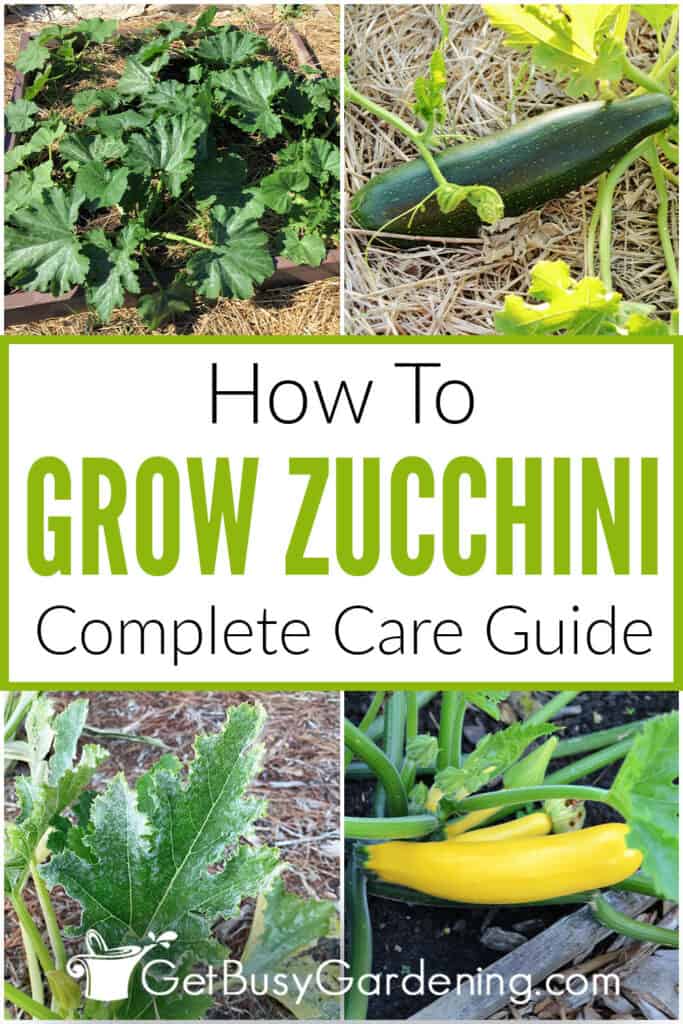

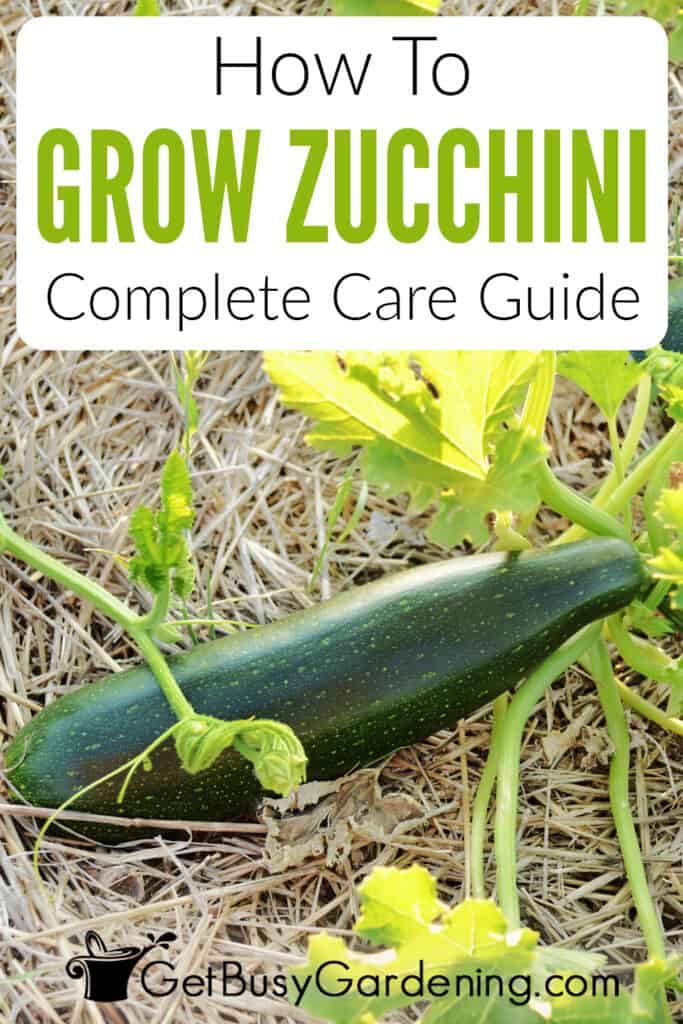




Leave a Reply